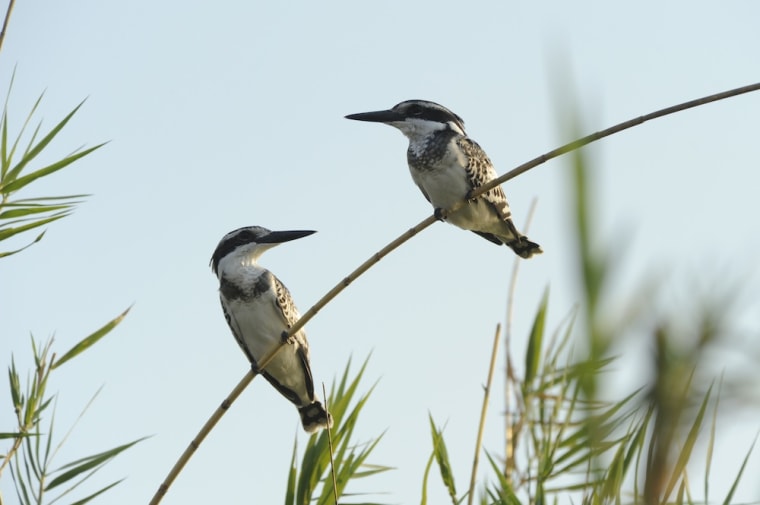Wildlife in Africa got an extra level of protection Thursday with the official creation of the world's largest international conservation area spanning the borders of Botswana, Angola, Namibia, Zambia and Zimbabwe.
The new Kavango Zambezi Transfrontier Conservation Area (KAZA) spans 109 million acres, almost three-quarters the size of Texas. The protected area combines 36 individual nature preserves and the land around them.
KAZA is home to 44 percent of Africa's elephants, according to the World Wildlife Fund (WWF). Six-hundred plant species and 3,000 species of birds also live in the preservation zone, which contains famous Victoria Falls, one of the largest waterfalls on Earth.
The preservation area also includes the Okavango Delta in Botswana, a wetlands that provides refuge and water to crocodiles, lions, leopards, hyenas, rhinoceroses, baboons and more, including the endangered African wild dog. [ See images from the protected area ]
Many of these animals are vulnerable to human encroachment, especially poaching. In 2010, for example, 333 rhinos were killed in South Africa, largely to meet demand for their horns, which are used in traditional Asian medicine.
The cross-border KAZA cooperation is years in the making. In August 2011, the governments of the five nations involved signed a "memorandum of understanding" and committed themselves to developing the area. Thursday's treaty-signing ceremony makes the deal official.
The conservation of KAZA still faces challenges, from a growing human population (the WWF estimates that 1.5 million people depend on resources found in the area) to the area's vastness, which makes management more difficult. But conservationists hope that the linked park systems will reopen migration routes for animals and promote cross-border cooperation in protecting wildlife.
You can follow LiveScience senior writer Stephanie Pappas on Twitter . Follow LiveScience for the latest in science news and discoveries on Twitter @livescience and on .
